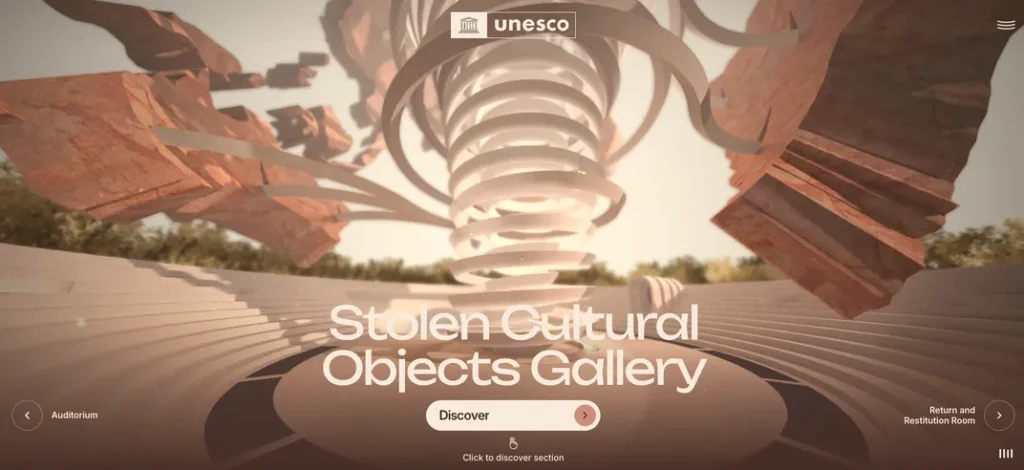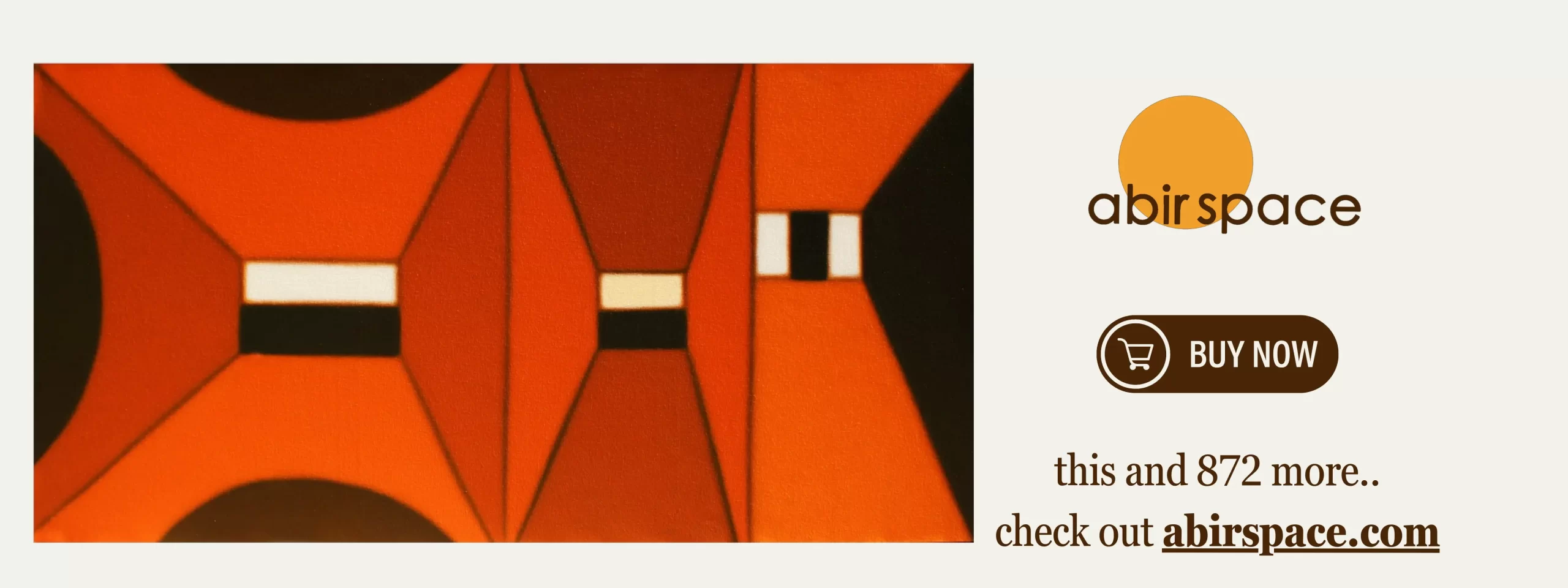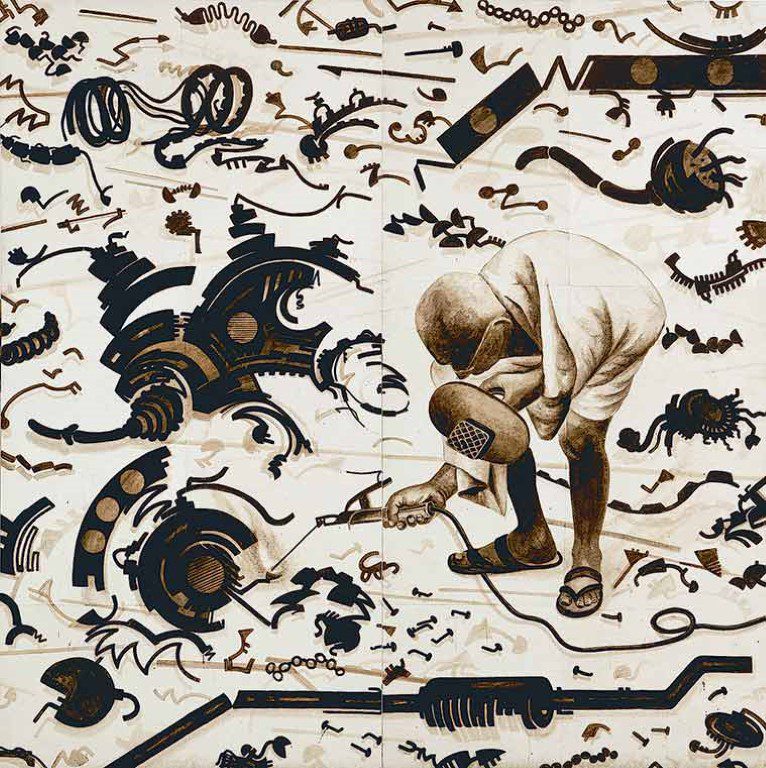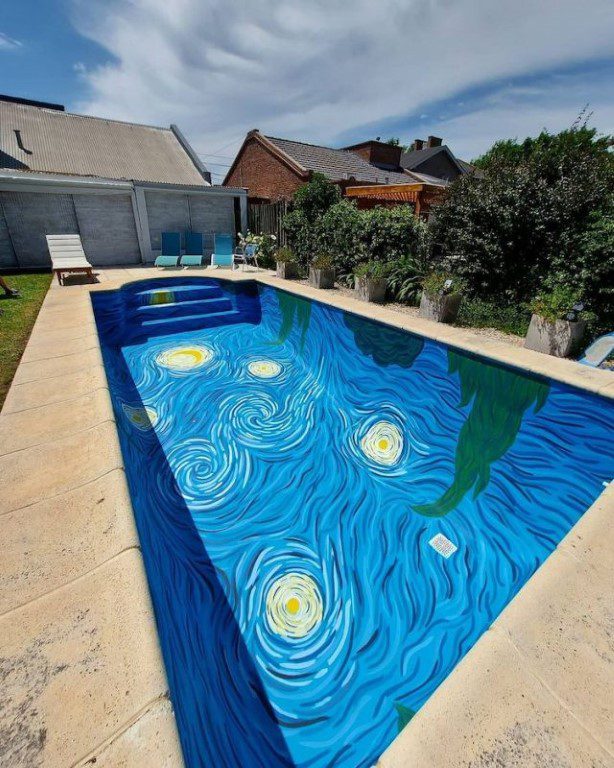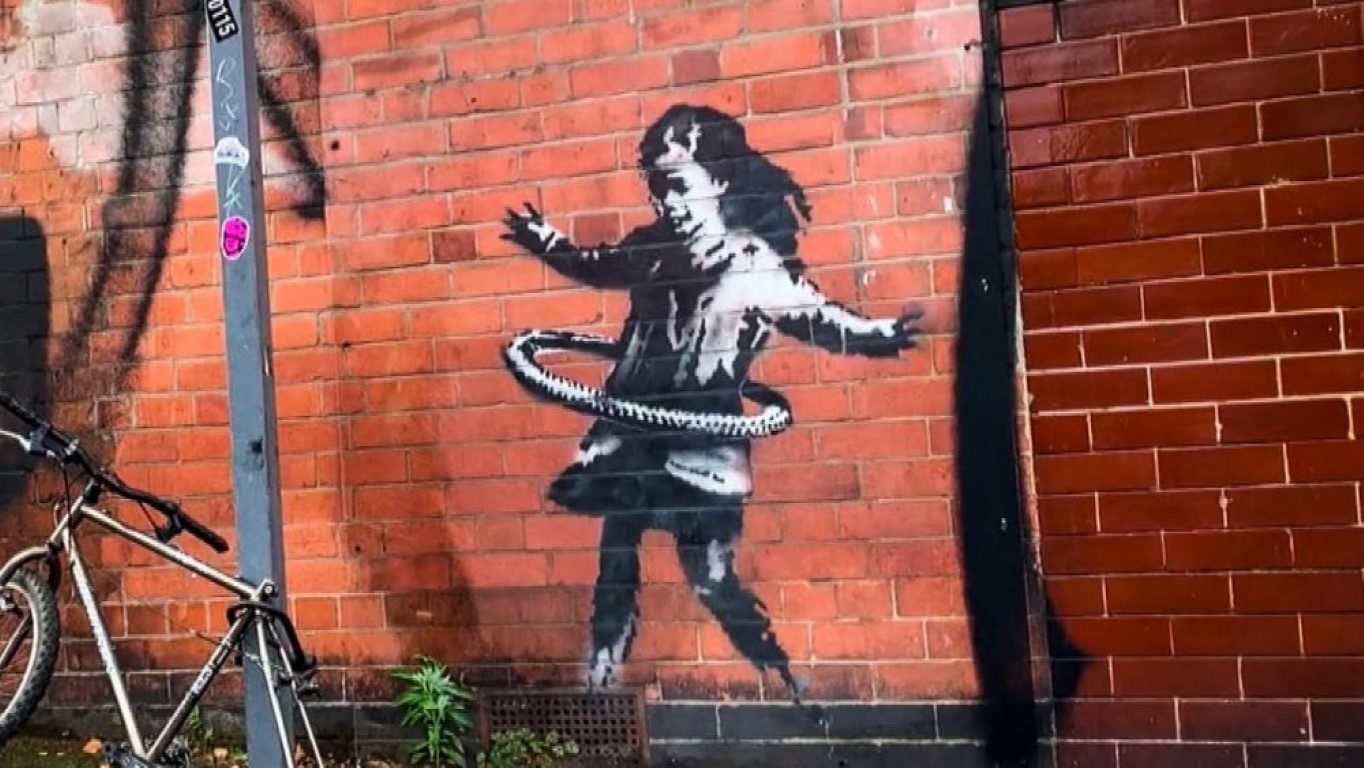A groundbreaking digital initiative aims to raise global awareness about cultural heritage theft while showcasing looted artifacts in immersive 3D environments, including significant pieces from India’s rich archaeological heritage.
UNESCO officially launched the world’s first Virtual Museum of Stolen Cultural Objects on September 29, 2025, during its World Conference on Cultural Policies and Sustainable Development in Barcelona. This unprecedented digital initiative, funded by the Kingdom of Saudi Arabia and designed by Pritzker Prize-winning architect Francis Kéré, represents a revolutionary approach to combating the global crisis of cultural heritage trafficking.
An Innovative Response to Heritage Trafficking
Developed in collaboration with Interpol, the platform utilizes cutting-edge virtual reality and 3D modeling technologies to recreate stolen cultural objects from UNESCO’s extensive database of thousands of looted artifacts. Unlike traditional museums that seek to expand their collections, this institution aims for the opposite—to gradually empty itself as stolen objects are recovered and returned to their rightful owners.
Audrey Azoulay, UNESCO’s Director-General, emphasized the museum’s mission: “Behind every stolen work or fragment lies a piece of history, identity and humanity that has been wrenched from its custodians, rendered inaccessible to research, and now risks falling into oblivion”. The initiative serves multiple purposes: educating the public about trafficking consequences, encouraging stronger state protection policies, promoting provenance research in art markets, and fostering international cooperation for restitution.
Indian Artifacts in the Digital Collection
India’s stolen cultural heritage features prominently in the virtual museum’s collection, reflecting the country’s ongoing struggle with archaeological theft. Among the documented Indian artifacts is a A Statue of Brahma, the Hindu Creator of the Universe and A Statue of Shiva from anAncient Hindu Temple.
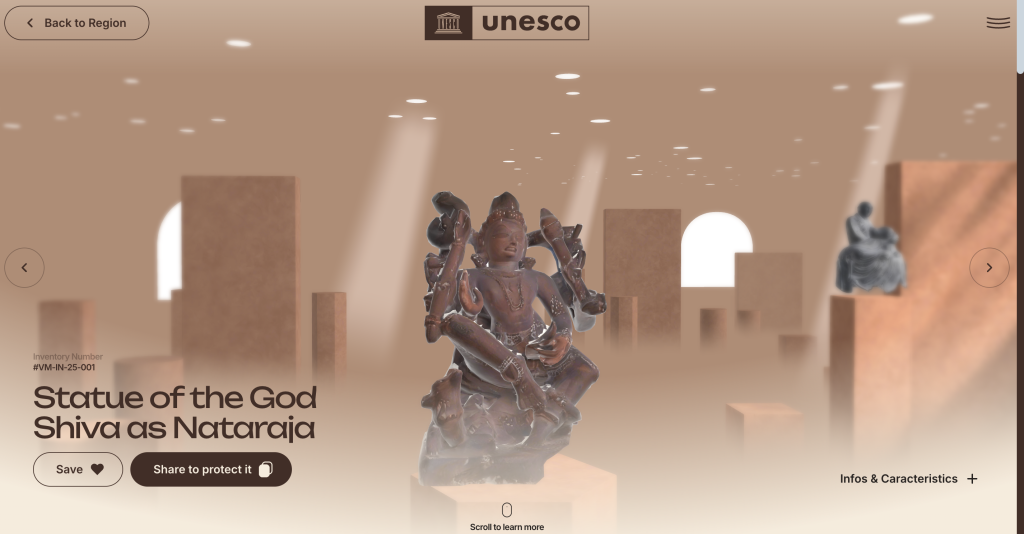
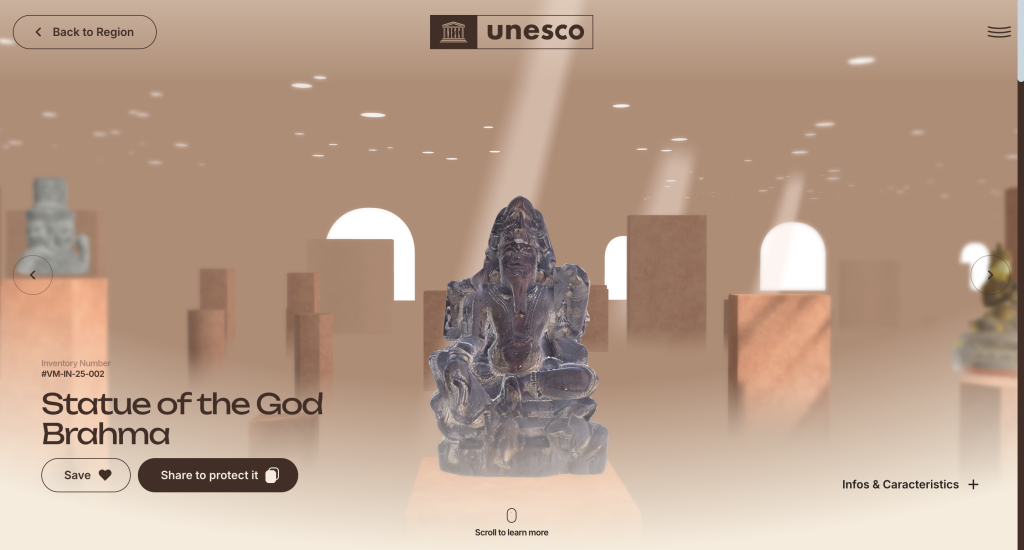
The inclusion of Indian artifacts in UNESCO’s virtual museum highlights the scale of heritage loss the country has experienced over decades. According to UNESCO estimates, more than 50,000 art objects were smuggled out of India by 1989 alone. The trafficking continues to this day, with experts suggesting that India loses at least 1,000 high-value objects annually to international smuggling operations.
Technological Innovation and Cultural Preservation
The virtual museum’s design reflects Kéré’s vision of linking “the material with the immaterial”. His architectural concept draws inspiration from the baobab tree, a symbol of resilience in African culture, while incorporating spiral pathways reminiscent of New York’s Guggenheim Museum. Visitors can explore virtual 3D spaces, examine artifacts through 360-degree views, and access educational materials including testimonies from affected communities.
The platform currently showcases over 250 cultural objects from more than 40 nations, representing just a fraction of Interpol’s database containing information on 57,000 stolen artifacts worldwide. Each digital exhibition includes detailed narratives explaining the cultural significance of objects and the human connections they represent. The museum also features a dedicated “return and restitution room” that documents successful recovery cases, demonstrating the importance of international cooperation in heritage protection.
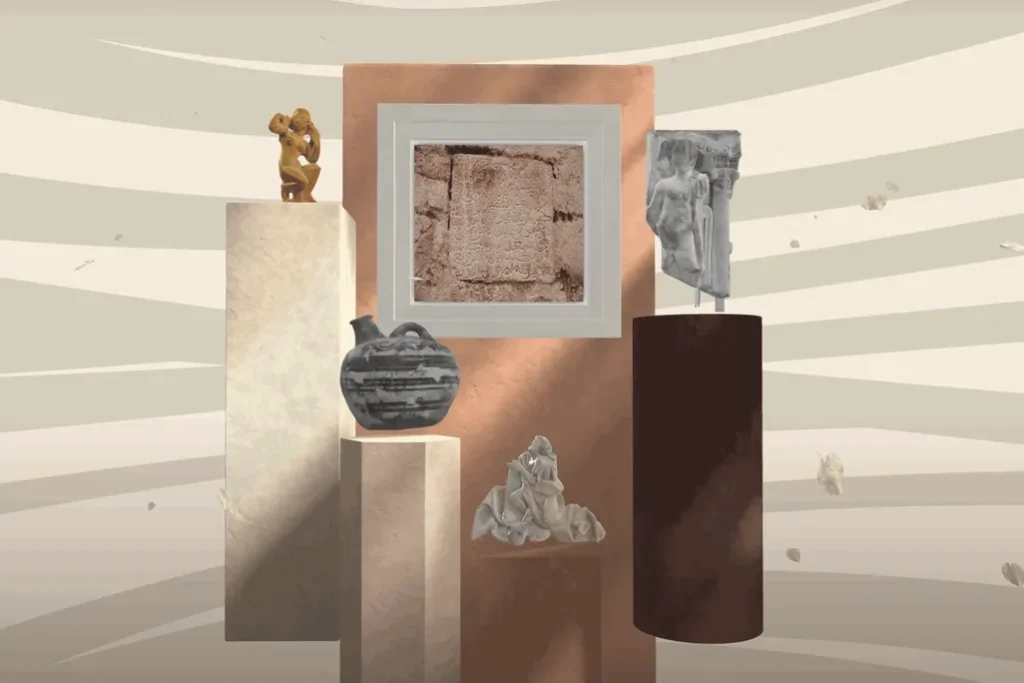
For India specifically, the museum provides crucial documentation of the country’s lost heritage while supporting ongoing repatriation efforts. The digital preservation of these objects ensures that their cultural value and historical significance remain accessible to researchers and communities, even while physical recovery efforts continue. This approach aligns with India’s broader cultural diplomacy initiatives, including the recent Cultural Property Agreement signed with the United States in July 2024, which facilitates easier retrieval of stolen antiquities.
The success of UNESCO’s virtual museum will ultimately be measured not by the growth of its collection, but by its gradual diminishment as stolen objects find their way home. This innovative approach to heritage protection offers hope for the thousands of Indian artifacts still scattered across international markets, galleries, and private collections, awaiting their eventual return to the communities and cultures from which they were taken.
Contributor

